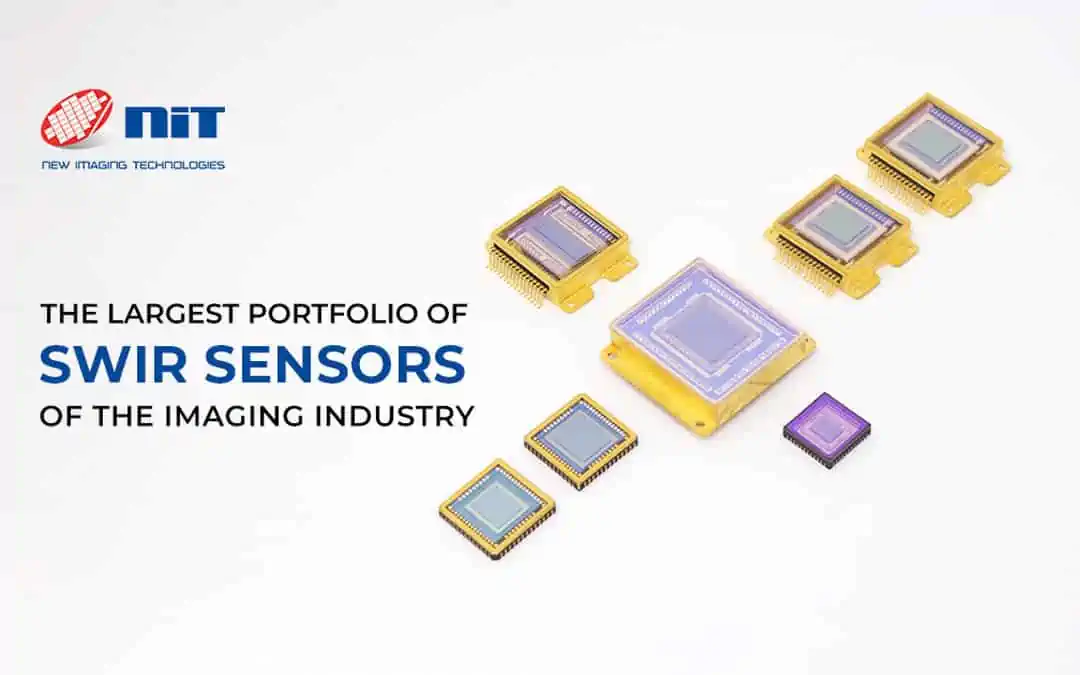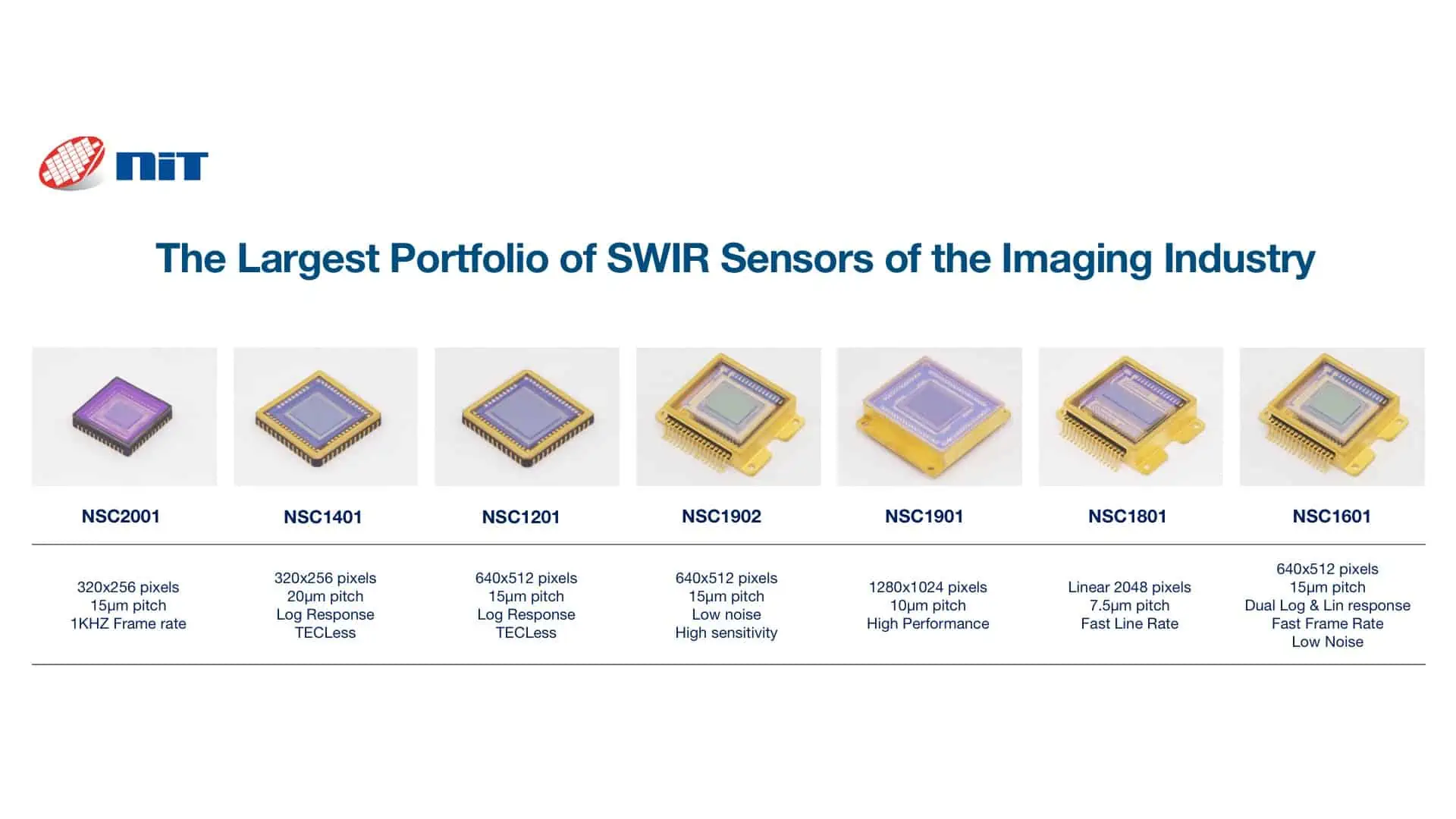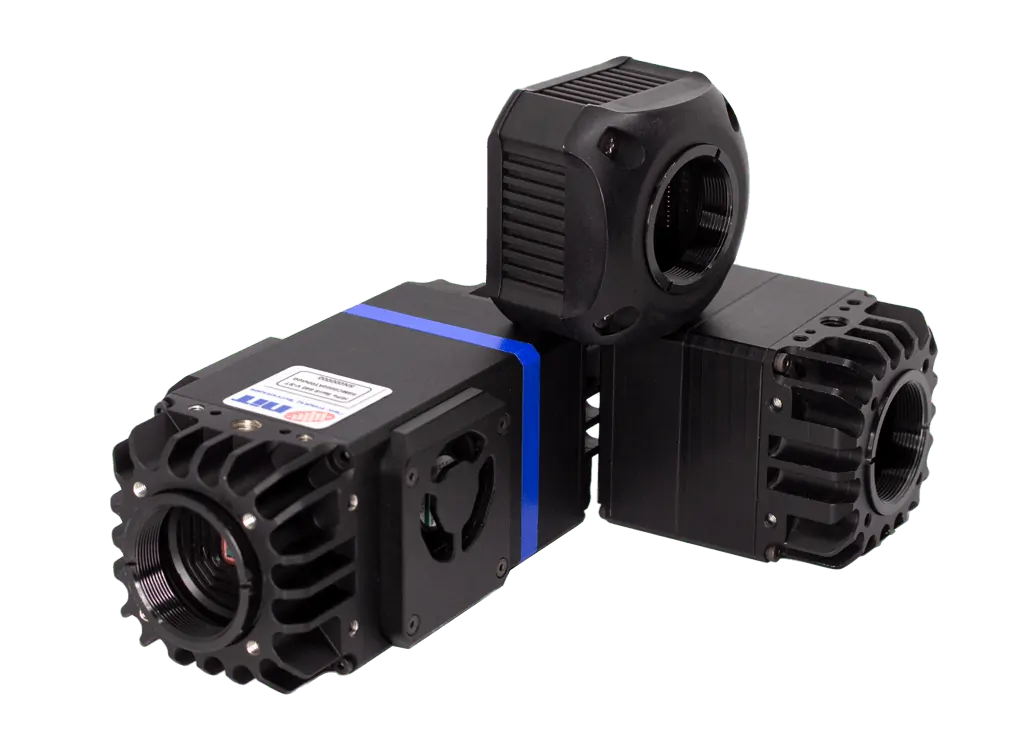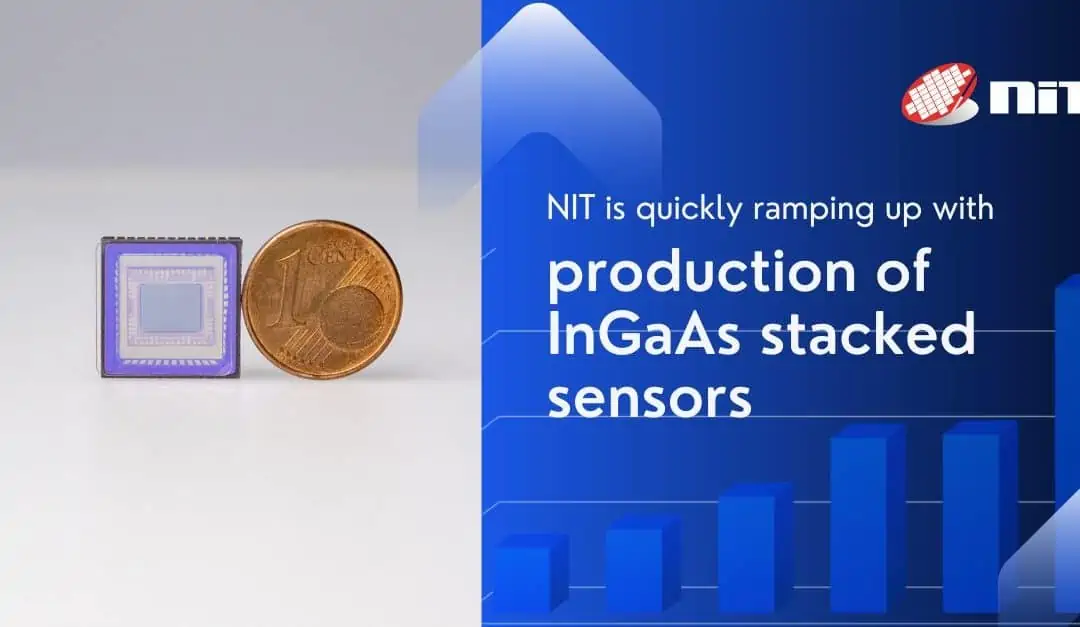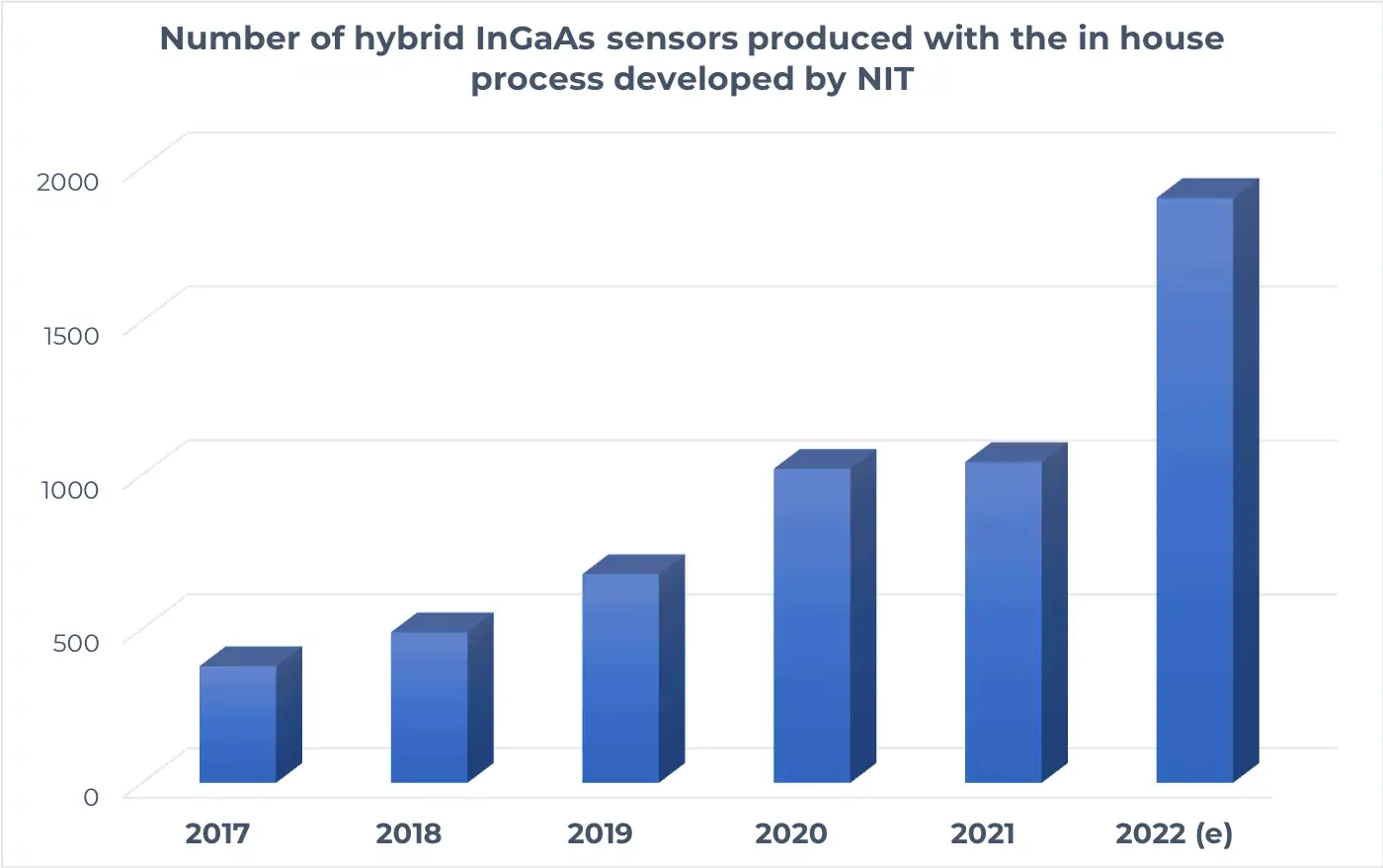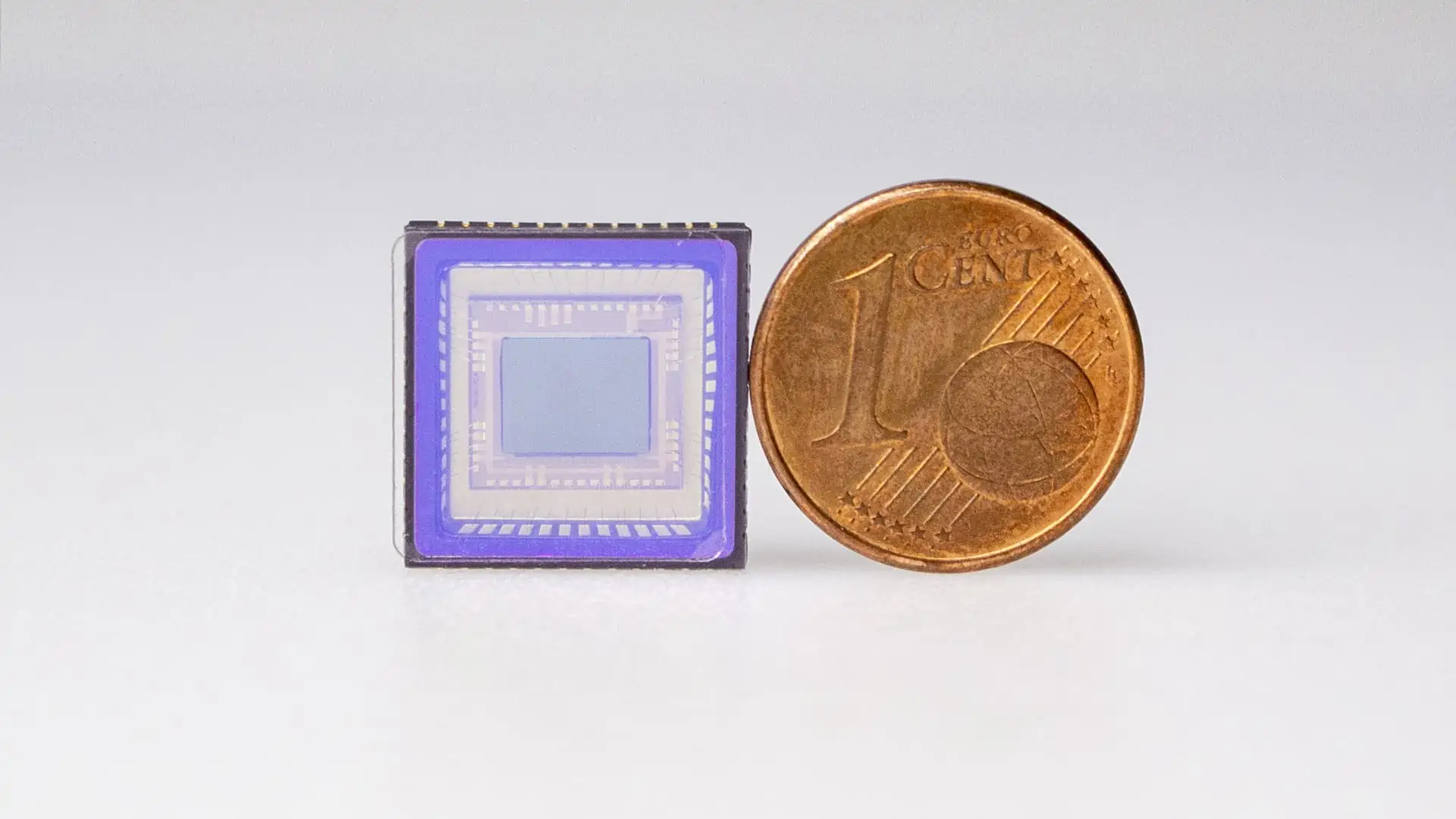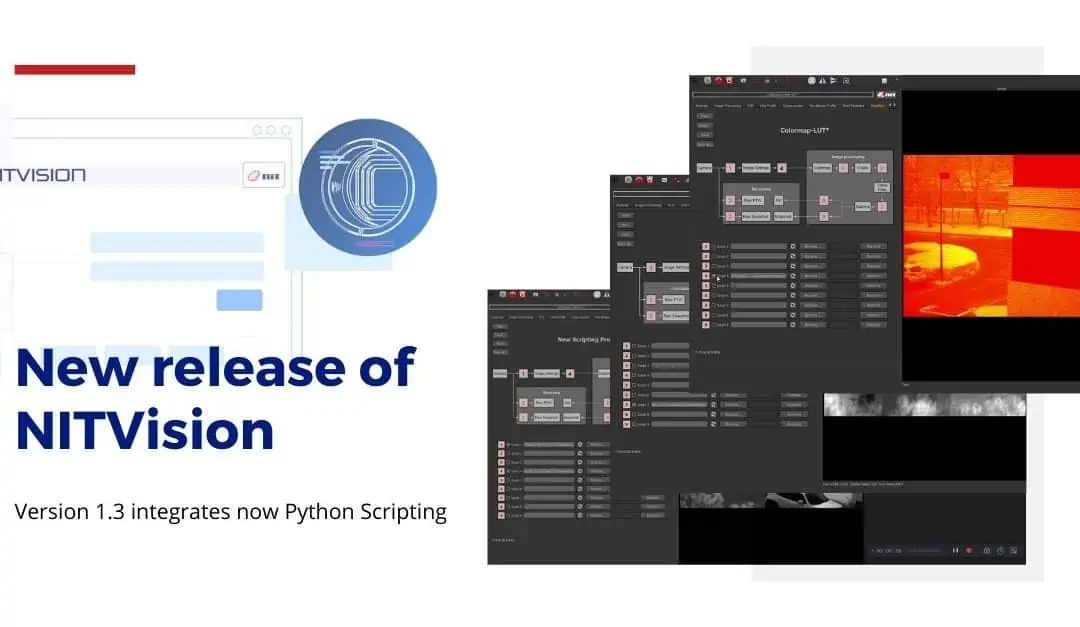
A New Distributor For Our SWIR Cameras in USA East Coast
To support this expansion, NIT is pleased to announce a new distribution partnership for the US East Coast with Tech Imaging. Tech Imaging will offer all our SWIR cameras and will support our clients and OEMs within the East coast while Pembroke Instruments will concentrate on the West coast.
“Tech Imaging Services is excited to announce our strategic partnership with New Imaging Technologies (NIT), a leader in SWIR sensors and cameras. This partnership will help us to provide the most comprehensive portfolio of SWIR technologies, as well as offer our customers state-of-the-art solutions to their application’s requirements. “ Jason O’Connell – President, Tech Imaging Services Inc
“We are extremely pleased with this partnership with Tech Imaging as the SWIR market is expanding to large volume and we need to develop our technical and sale capacities to bring to our customer base. Moreover, our recent investment into a new clean room building and manufacturing equipment will allow us to produce more InGaAs sensors and lower the price point. Tech Imaging together with our historical partner Pembroke Instruments will for sure contribute to this expansion. “ Pierre Potet – CEO, New Imaging Technologies (NIT)
About Tech Imaging With over 35 years of applied experience, Tech Imaging Services combines its vast imagery knowledge with today’s most advanced technology to provide state-of-the-art high-speed cameras, hyperspectral cameras, and infrared camera products for a wide variety of problem-solving engineering tools.
About NIT NIT is a leading manufacturer of InGaAs based cameras for various applications ranging from industry, machine vision, medical and defense. NIT masters in house of the development and manufacturing of its InGaAs sensors and cameras.
Global network


